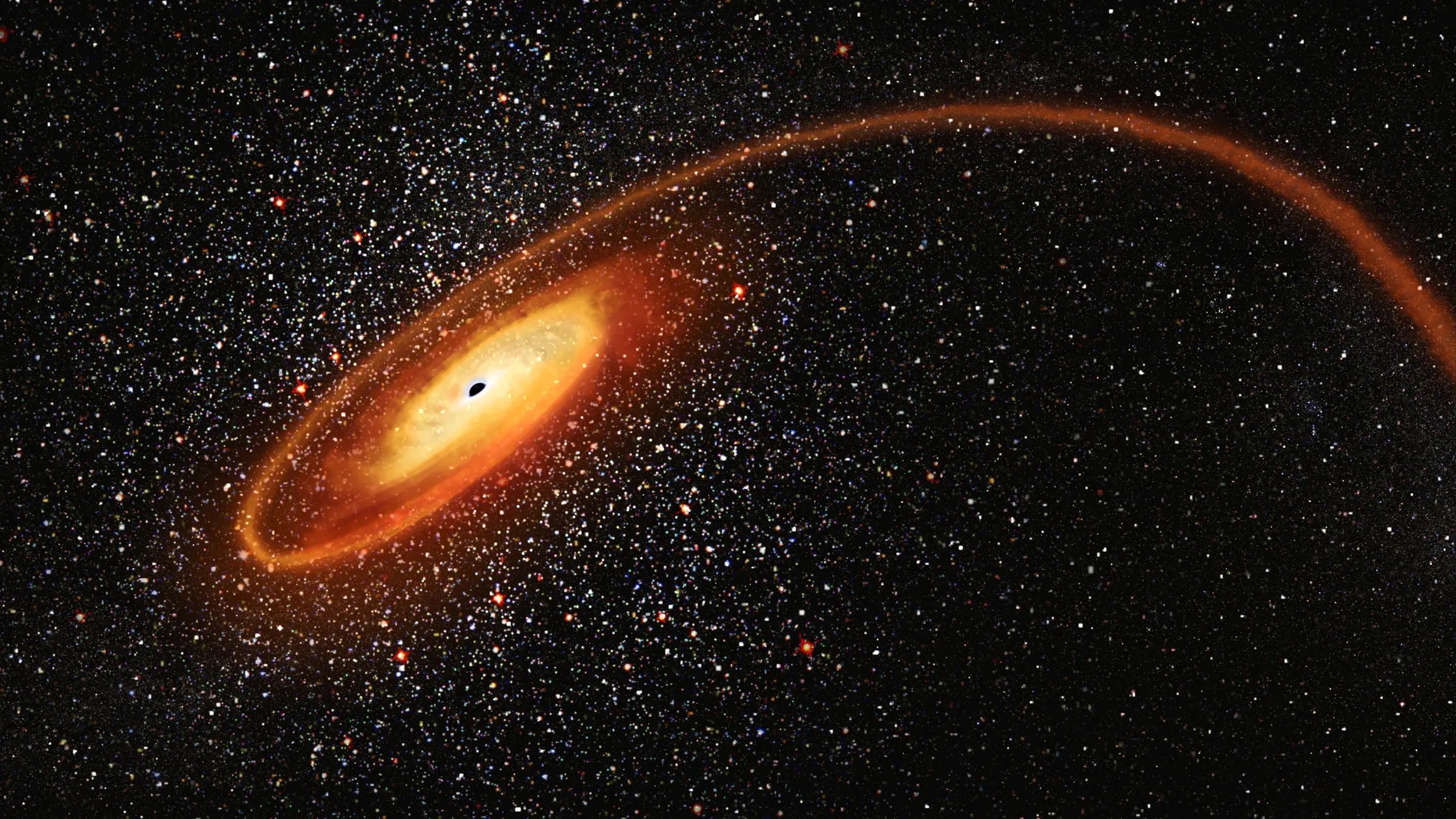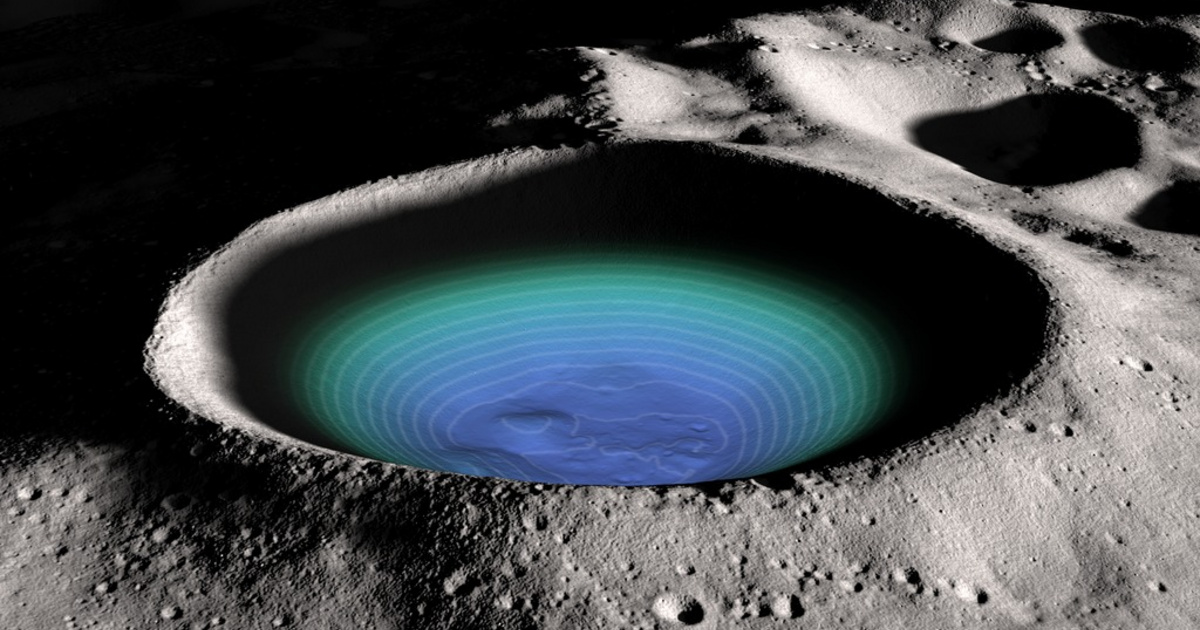At the moment, the NASA program is on the right track and according to the current situation, human shoes can set foot on the lunar surface again in 2025. The last human footprint left more than half a century ago, in December 1972, on surprisingly aggressive dust.
The target of the Big Return, or Artemis programme, is the lunar south pole, mainly because of the presence of permanently shadowed craters in which water was previously discovered. This environment contains the water necessary for life, but it is extremely cold.
The program is expected to present many interesting scientific discoveries, and currently scientists do not exclude the possibility of finding extraterrestrial life here. Microbes can be found in ice craters, although these are probably not real aliens, but survivors brought here from Earth.
We are currently working to understand what kind of organisms can live in this environment and where it might be useful to look for them.
said Prabal Saxena, a planetary scientist at NASA’s Goddard Space Center.
They came, and we brought them
Microbes from Earth could have reached the moon on material thrown into space as a result of a meteorite impact, says Heather Graham, a geochemist at Goddard, but so far we have no reliable evidence that such a route is ever viable.
According to Graham, a more feasible way of transmitting microbes was by people visiting the moon and their devices. According to the expert, the Artemis missions will also scatter a large amount of microbes and germs at the site, which
Primitive life can be observed in sleeping refrigerators
It can lead to proliferation.
In 2019, the Israeli Beresheet probe, for example, was supposed to study bear cubs on the surface of the moon, but it collided with the surface due to a malfunction in one of the gyroscopes. They have been living happily on the Moon ever since, knowing that they can be fired from a cannon and put up with animals that can handle outer space. But the mere human presence also reduces carbon dioxide and water pollution, which also has a life-supporting effect.
Image: NASA’s Scientific Visualization Studio
Humans don’t visit the moon’s most isolated northern corner, but spacecraft passing over the area can leave their mark here with material from their engines. According to Saxena, local research should also be planned with these matters in mind.
This park of planning, strategy, technology, and equipment will be invaluable in Mars exploration
The specialist indicated.
According to the current ideas of scientists, if we find life at all on Mars, it will consist of organisms similar to bacteria, because there was not enough time for the development of more complex life during the history of the Red Planet.
(Live ScienceAnd Space.com)









































